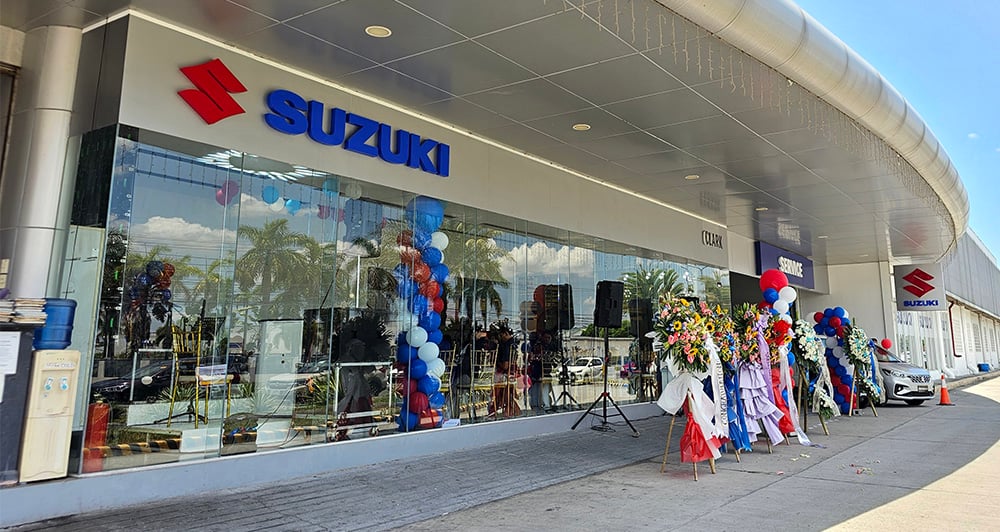
The United States of America is also known as the “Land of the Free” with Hollywood propagating a utopian image of the country. As long as one works hard enough, he/she regardless of ethnicity or belief could enjoy equal rights living the American Dream.
Yet looking at modern American society, it is anything but free. There are several ways to talk about freedom. I’d like to view it from the lens of mobility and transportation.
It’s easy to think the US of A would be world-class with its expansive roads filled with cars, but those are the symptoms of deep-rooted problems.



If you’re not familiar with zoning laws, they define the different uses of land within a locality. This isn’t inherently bad. However, in America, it doesn’t allow for mixed-use space. And this makes the suburbs incapable of being self-sufficient.
To get basic necessities, you can’t just walk to a sari-sari or grocery store as it isn’t allowed in residential neighborhoods. Going on foot is pretty much pointless since nothing important is within walking distance from a suburban home.
No one would want to live beside an industrial plant, but it would be nice if you could commute for simple chores.



Public transportation is inconvenient and inefficient, and can be questionably safe, especially at night. Biking is possible, but cyclists will always be second-class citizens on the road along with pedestrians, inferior to the one-ton machines rushing at lethal speeds.


With all the urban sprawl, everything is simply too far apart for people to live their lives. This affects them emotionally and mentally since they’re disconnected and alone, stuck within the four corners of their house or within the steel cage that is their car.
The closest places of interest are shopping malls. However, we all know that the point is for you to spend money, not to make pasyal or enjoy a leisurely stroll. And since the advent of online shopping such as Amazon, those buildings are becoming more and more desolate.

Car dependency renders children immobile, reliant on their parents to drive them to go anywhere—hence the term “soccer mom.” Kids can’t help but get excited over their sweet 16 because they can finally attain freedom in the form of a driver’s license.
If you’ll be visiting from abroad, you’d better make sure there’s someone to chauffeur you around. There’s also the option of renting a car, just don’t expect it to be cheap like the prolific fast-food chains. And don’t assume there will always be parking either.

Of course, things aren’t as bad as in the Philippines. But considering that the US is a rich and developed country, it’s clear that America is car-centric, designed to revolve around the automobile.
And this can be seen with all the resources exhausted to create, maintain, and expand multilane freeways that still get congested with traffic at rush hour just like the Skyway and EDSA.
Some areas might be better than others, though you can be sure you’ll need a private vehicle either way. Now, cars aren’t inherently bad. But forcing everyone to need one, especially those who can’t afford it, is unfair and unjust.


So, what can we learn from all of this? There is a good way and a wrong way to design cities. Order and organization are important, but so are diversity and variety, whether we’re talking about community, land use, or transportation. Streets need to be made for humans, not cars, or else no one will be able to get around, even those in private vehicles.
While the Philippines barely has any urban planning, the US did it wrong and is now suffering the consequences. The latter is not “The Land of the Free” as its people are stuck in their own suburban bubble, immobile apart from their beloved automobiles.
I’m not saying you shouldn’t visit the US or consider migrating, especially if there are greener pastures over there. Just know and understand that it’s not the motoring utopia it’s made out to be. God bless America.











Comments